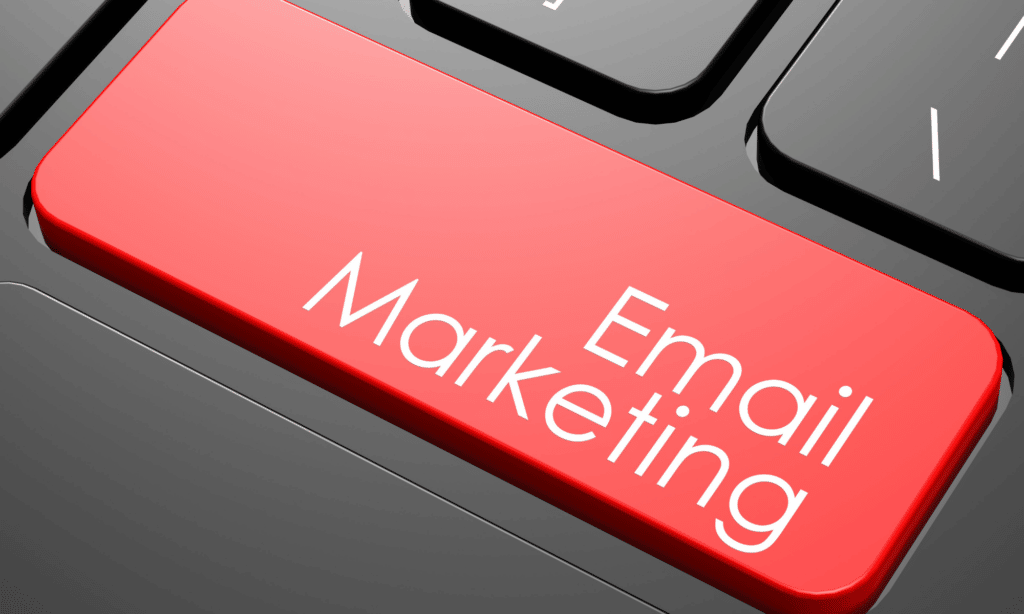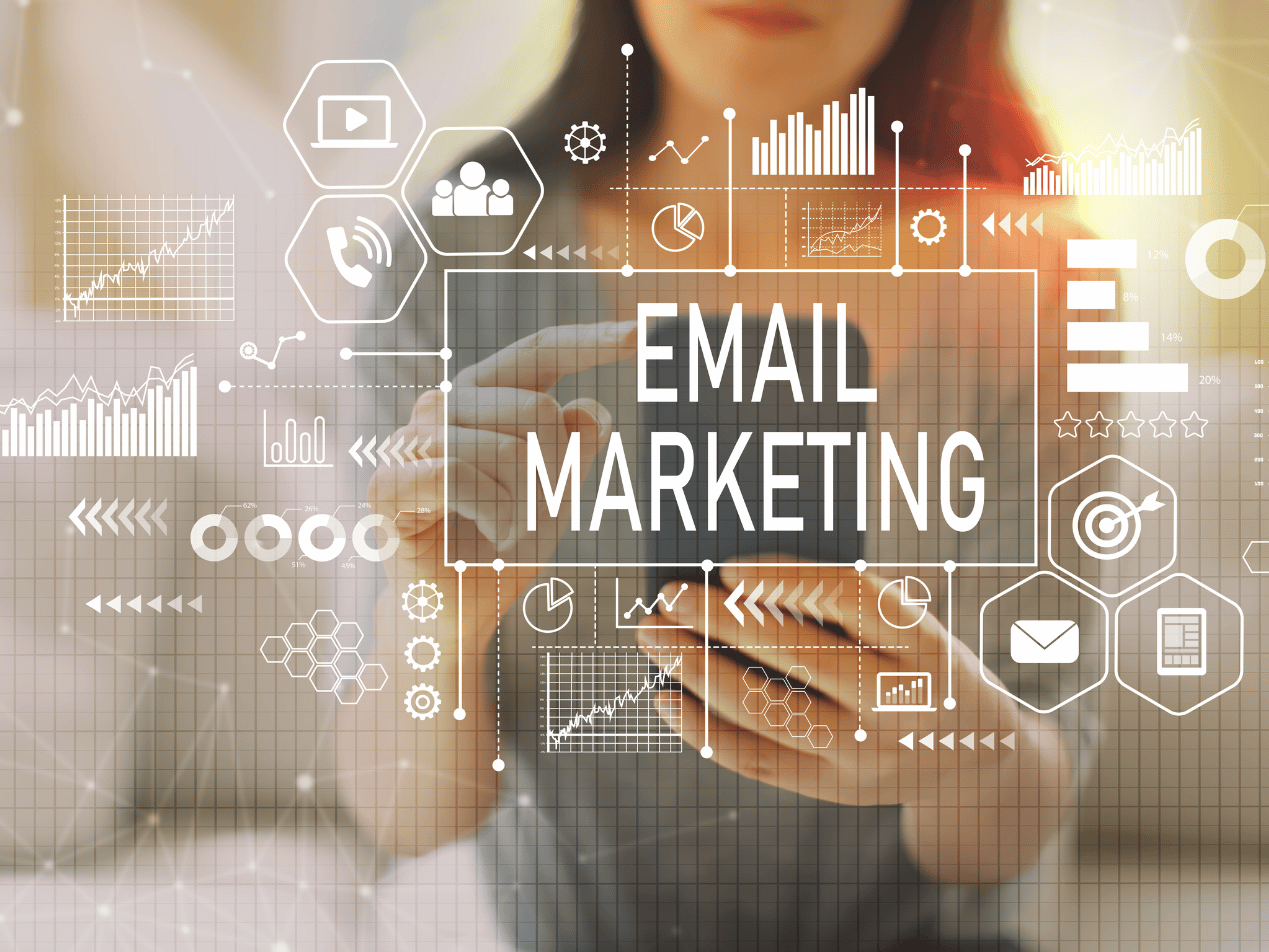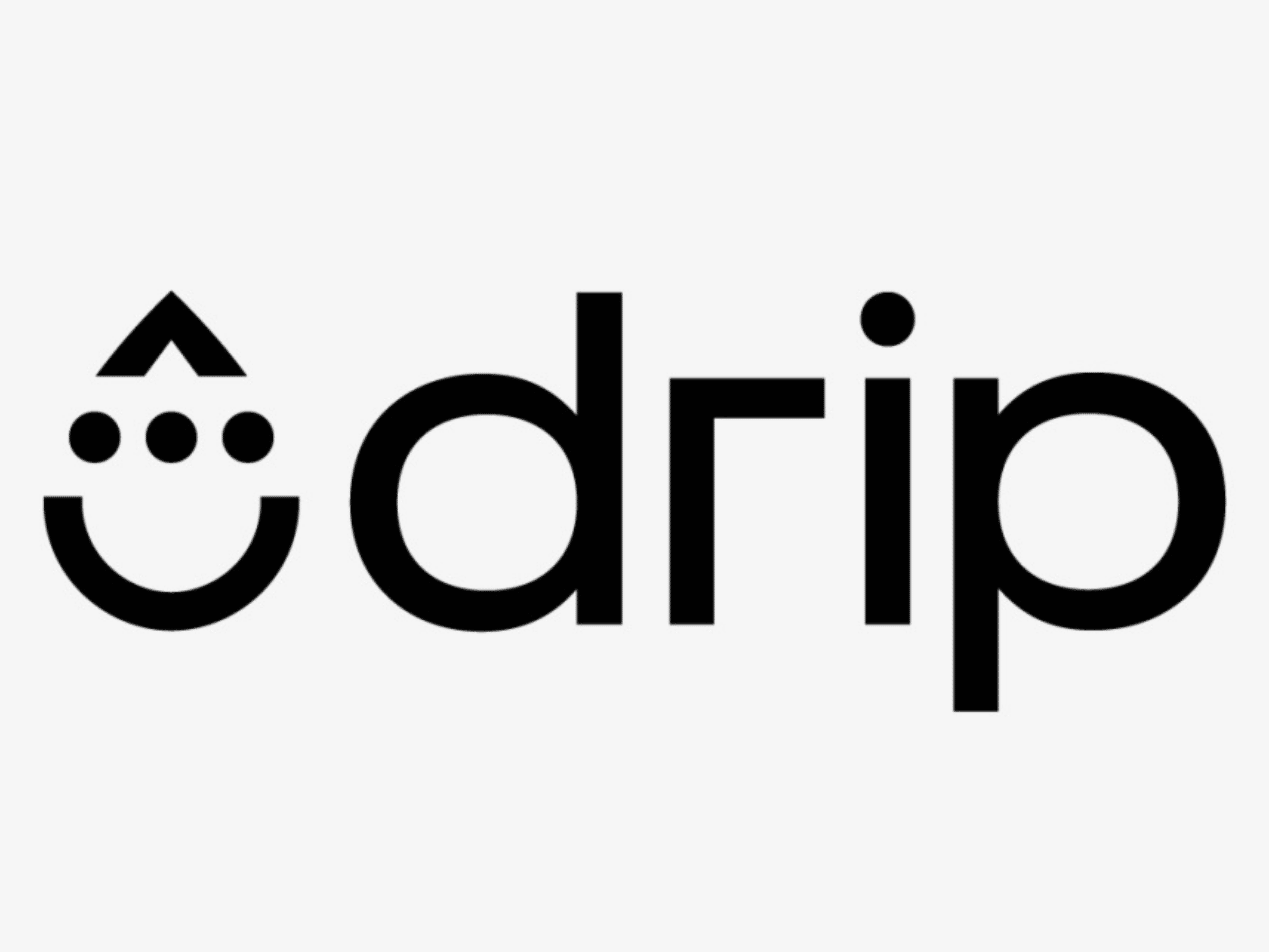
It’s time to say goodbye to snail mail (well, maybe not entirely) and greet the digital age with a welcoming smile. While there’s something to be said for a personal letter in the mail, when executed properly, healthcare email marketing can be a game changer for patient retention and engagement.
In 2021, the number of worldwide email users topped 4.1 billion and is expected to grow to over 4.5 billion by the end of 2025. Over half of the world’s population uses email. Email communication is a great tool for patients old and new and can be used to:
- Deliver important information
- Automate appointment reminders
- Engage patients
- Maintain communication
Here are five best practices to remember before pressing send to get the most out of your patient emails.
1. Frequency
A Adobe survey revealed that respondents spend over five hours a day checking their emails, yet only open about 53 percent of them. And of that 53 percent, recipients only find about 31 percent of those emails useful. So how do you make sure you’re one of the 31 percent?
Frequency plays a big role in your open rates. In that same survey, nearly 40 percent of respondents said that getting emailed too often from brands is most annoying both in personal and work emails. You don’t want to bombard your patients with emails that get so overwhelming that they stop opening your emails altogether. But you also don’t want to email too infrequently.
Creating a schedule to utilize month after month is a good way to find the right balance. Every healthcare organization is different. Whether it’s weekly, monthly, or bi-monthly emails, it’s up to your organization to understand your patient’s wants and needs.
2. Segmenting
Segmenting is breaking out your customer list based on a variety of factors. Segmenting is a great way to follow a patient’s journey from beginning to end.
For example, let’s say you had a patient that had just undergone Lasik eye surgery. They’re seeing clearly, and the next week you send them a coupon for contact lenses. Chances are they are going to take one look at that email and send it to the trash folder.
According to the same Adobe survey, more than 31 percent of respondents find emails that don’t match their interests most frustrating. They aren’t personal and can make patients feel like their healthcare isn’t being looked after carefully.
Related: Personalized email marketing in U.S. healthcare
3. Campaign variety
There are a variety of campaigns and messages you can send to your patients. Some of these forms include:
- Educational messages
- Holiday greetings
- Monthly newsletters
- Promotions/discounts
These types of emails serve a variety of forms and keep them interesting. Patients know that when they receive an email from your organization, they are either going to learn something new or be entertained.
4. Valued content
The content that you provide in your emails must add value to your patients’ lives. Some examples include:
- Address patient concerns
- Local health concerns
- Educational blog posts
- Short videos on at-home exercises
- Updates from the Centers for Disease Control (CDC)
- Health tips and tricks
- Organization leader highlights
Including more personal or local content helps you gain credibility and shows you understand your patient’s needs.
5. Automate
Automated emails aren’t necessary, but they help with the patient journey. You can send various automated emails, but the first should always be a welcome email. Whether it’s a welcome series or just one email, it can include the following:
- List of services you provide
- Organization history
- New patient discounts
- What to expect on your first visit
- Contact information/Social media links
Automated emails can be as easy as appointment reminders or follow-up surveys. It also takes the pressure off of you trying to send the right emails at the right times.
See more: Why email is better than patient portals
Paubox Marketing
Paubox Marketing takes these best practices and brings them to fruition. Our drag-and-drop design editor makes it easy to segment and send secure emails, including PHI, to increase engagement and build your business while remaining HIPAA compliant.
With Paubox Marketing, you can create personalized care journeys and leverage tailored content and dynamic text to move beyond generic group messages.
Compared to the standard marketing tools, Paubox Marketing is the best option for maintaining HIPAA compliance while harnessing the power of personalized email marketing.
Subscribe to Paubox Weekly
Every Friday we'll bring you the most important news from Paubox. Our aim is to make you smarter, faster.





